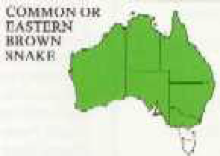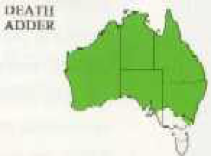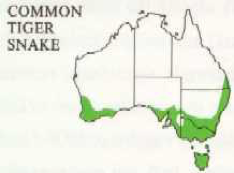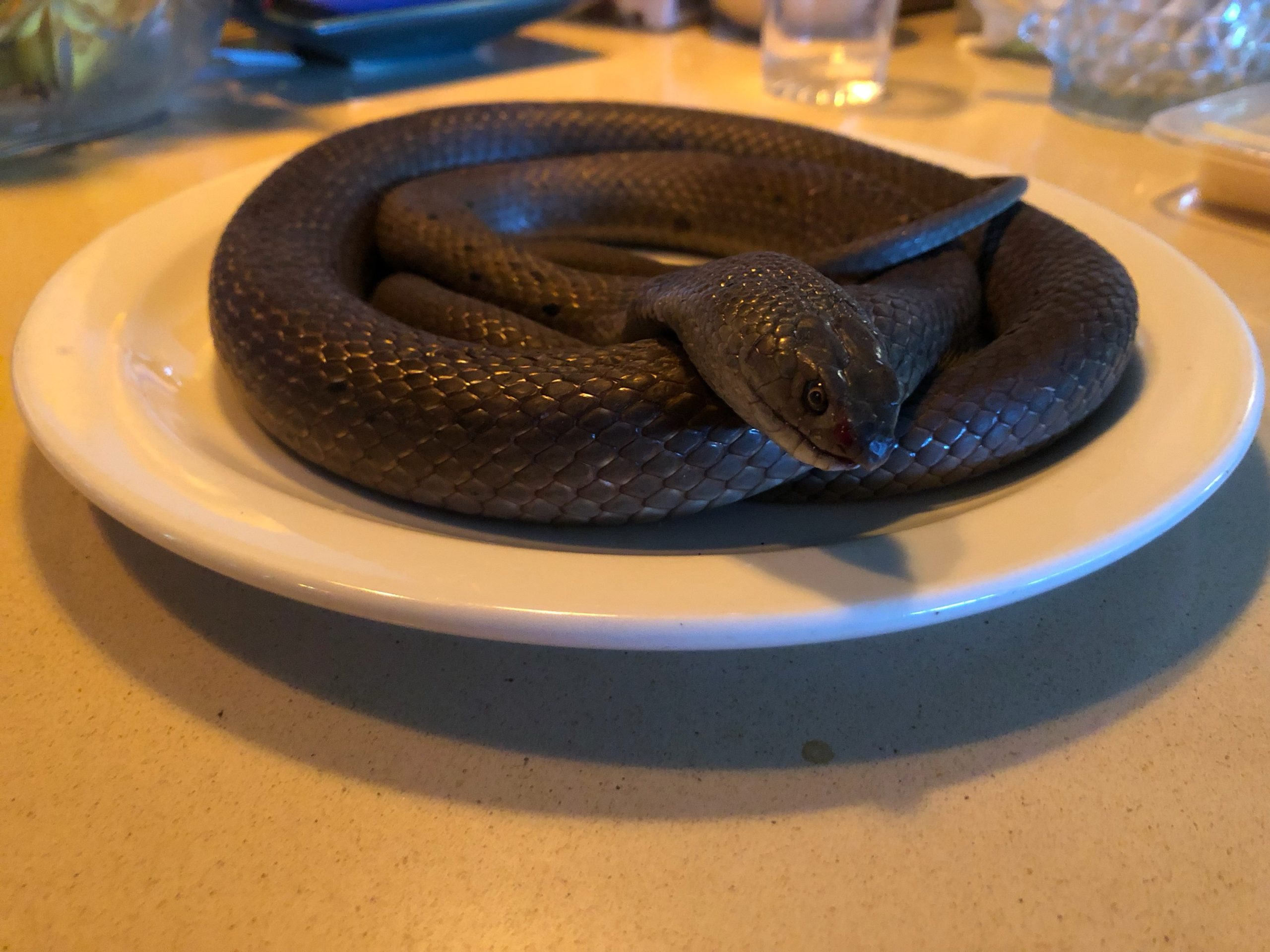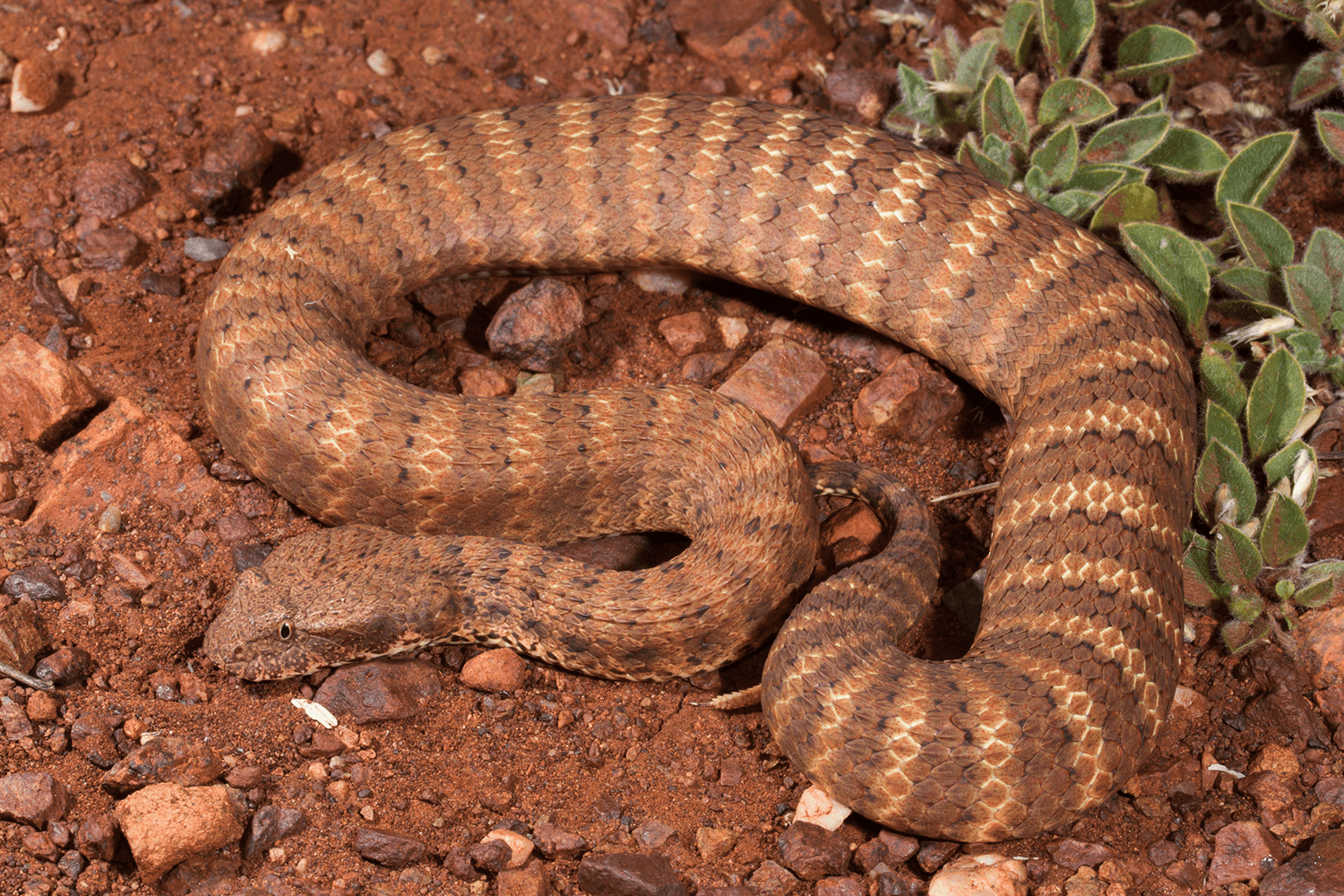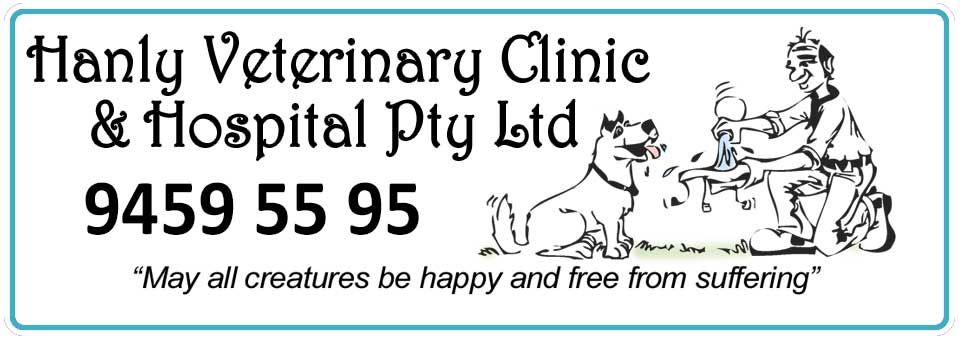SNAKE BITES
Snakes emerging from 6 months hibernation. Venom is highly concentrated and toxic, as snake feed the venom is less toxic. Venom is fatal in many dogs and cats until May/June when hibernation begins the yearly cycle of a snake life.
A snake does not want to kill or eat you dog or cat . Your dog or cat wants to kill the snake. Avoid bush , long grass, back yard junk and sheds. Snakes live here to hunt mice , frogs etc.
Exercise common sense.
Treatment with anti-venom is urgent and most important for survival. Use of tiger/brown snake anti-venom. Administered as a combination.
Venom tests are available. Most snakes in Western Australia – Perth metro area- are tigers near creeks etc. and brown dugites in dryer areas.
No rules here- up to the snake where it lives!.
Cost can be reduced by giving tiger/brown snake antivenom and I/V drip and not doing every lab tests possible. 20 snake bites last season , none died. 3 dogs bitten on tongue and gums had Respiratory paralysis and cardiac arrest. Oxygen cage 48 hours. Our research over 5 years in a respiratory and cardiac stimulant drug called Doxapram. Doxapram hydrochloride saved all dogs and cats. Use not been recorded for snake bite depression.
This is our research effort.
Pharmacodynamics:
Doxapram hydrochloride produces respiratory stimulation mediated through the peripheral carotid chemoreceptors. As the dosage levels is increased, the central respiratory centres in the medulla are stimulated with progressive stimulation of other parts of the brain and spinal cord.
The onset of respiratory stimulation following the recommended single intravenous injection of doxapram hydrochloride usually occurs in 20-40 seconds with peak effect at 1-2 minutes. The duration of effect may vary from 5-12 minutes.
The respiratory stimulant action is manifested by an increase in tidal volume associated with a slight increase in respiratory rate.
A pressor response may result following doxapram administration. Provided there is no impairment of cardiac function , the pressor response is due to the improved cardiac output rather than peripheral vasoconstriction.
Research by Bayer on medication of action:
Doxapram appeared to stimulate respirations primarily by an effect on the brain stem. The detection of increased electrical activity in both the inspiratory and expiratory centres of the medulla.
After high doses were other parts of the brain and spinal cord stimulated. The doxapram acts mainly through direct stimulation of central respiratory centres. The pressor response to doxapram appears to be primarily due to stimulation of the brain stem Vasomotor areas and it is mediated through the sympathoadrenal system.
Chemoreceptors of carotid artery and aorta to increase tidal volume. Marked increases in ventilation occurred within one minute following a single intravenous injection of 5mg doxapram per Kg of body weight (2.5mg/lb).
Doxapram accelerated the return of pedal reflexes in all animals.
Doxpram consistently sustained an increased heart rate beginning one minute after injection. The arousal time was materially shortened, and the respiratory minute volume and rate were increased following a single intravenous injection.
The doses of Dopram-V should be adjusted to meet the requirements of the situation.
The action of Dopram-V ( doxapram hydrochloride) is rapid. It usually begins in a few seconds.
The duration and intensity of response depends upon the dose, the condition of the animal at the time the drug is administered and the depth of the anaesthesia. The dosage should be adjusted for depth anesthesia, respiratory volume and rate. Dosage can be repeated in 15 to 20 minutes if necessary.
Our discovery that doxapram reverses snake venom respiratory depression and cardiac arrest improves survival rate dramatically.
